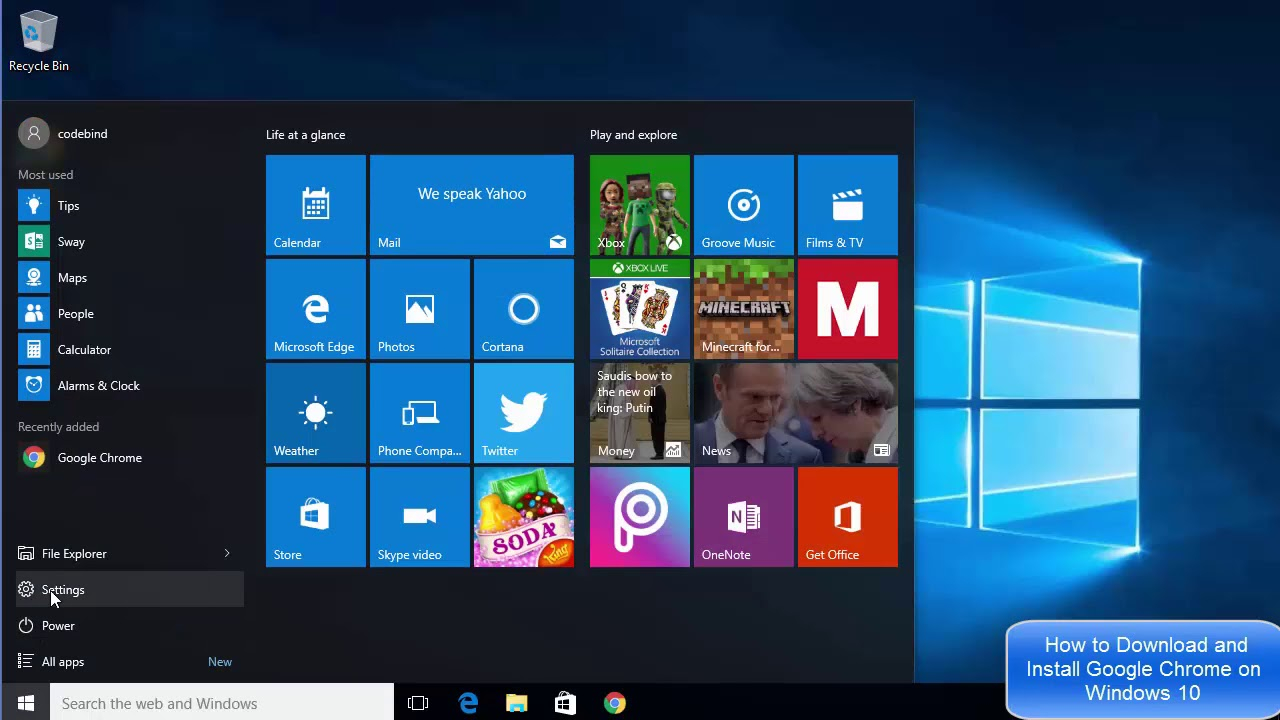


On the Create a profile blade, provide the following information and click Create.On the Windows | Configuration profiles blade, click Create profile.Open the Microsoft Endpoint Manager admin center portal and navigate to Devices > Windows > Configuration profiles.The following eight steps walk through the creation of the Settings Catalog profile, with the required settings. That also makes the configuration steps pretty straight forward. Even though the settings are also available via Administrative Templates, the Settings Catalog is the most future proof configuration path. When looking at configuring the Google Chrome browser on Windows devices, the focus of the IT administrator can be on a single place: the Settings Catalog. Configuring the Google Chrome browser on Windows devices This post will go through the simplified steps to configure settings of the Google Chrome browser and will show the configuration results on a Windows device. The best part: the related ADMX is maintained by Microsoft (in Microsoft Intune). From a technology perspective those settings still rely on ADMX-ingestion. That enables the IT administrator to simply use the available configuration options within the Microsoft Endpoint Manager admin center portal to configure settings for the Google Chrome browser.

The great thing is that with the latest service release of Microsoft Intune (2203), the Settings Catalog (and the Administrative Templates) now also include settings for the Google Chrome browser.

It was either a lot of work (when looking at ADMX-files), or it provided limited reporting capabilities (when using PowerShell), or it was a completely separate solution (Chrome Browser Cloud Manager). The configuration of the Google Chrome browser was already possible by ingesting ADMX-files, by using PowerShell, or by using Chrome Browser Cloud Manager, but the IT administrator was always in for a sub-optimal experience. This week is all about further simplifying management of the Google Chrome browser on Windows devices.


 0 kommentar(er)
0 kommentar(er)
